This is more or less a followup to Mainegrower's questioning of me about use of permatill or turface.
Brief review - advanced gardeners generally understanding that intensely (i.e., deep, voluminous) supplementing with organic material can backfire for permanent plants. Though the amount of time it can take widely varies, ultimately anything non-synthetic and --C-- based is going to become O=C=O. And then your raised bed becomes a sunken bed, if you used too much. Top dressing, etc. is another matter entirely but not relevent to what I'm discussing here which is the notion you can improve the deep structural aspects of soil.
Products like Turface, Permatill, etc., hardly seem like voodoo science as they find widespread use in intensive turf management situations like athletic fields. They aren't cheap and I really doubt they would sell by the pallet loads if they didn't make a difference.
So the question is do they help with ornamental horticulture and if so are they specifically beneficial in some situations with Ericaceaous plants?
I started using them in the late 90s in a small 20X20 part of my first garden. Of course it's mostly subjective but in my opinion after being tilled in they "converted" the Virginia clay into something more open and loose. All the south African forbs I'd struggled to grow became much easier to grown. Plants like Wahlenbergia and Sebaea and various other ones I forget could survive a whole summer instead of dying after the first summer thunderstorm. More air in soil = less chance for rot to develop.
In my current garden I used them for perennials as before but also in a larger area for my rhodie collection. I will be honest and say the jury is still out on whether this was _necessary_; I at least do not think it was harmful. The soil here isn't going to win any prizes but it is a step above the brownish-red mucky clay of my Virginia gardens. It's closer to the silt loams and shale clays of SE PA. However, I will note this: in the epic rains of late 2011, when due to Hurricane Irene and a few other complex storm systems, I had almost 40 inches of rain in 40 days...all but one of the fairly recently planted rhodies in a turface improved area survived. This included hybrids not really known as east coast champion growers, like 'Leo' and 'Captain Jack'. I'm pretty sure there was even a 'Nancy Evans' in that bed that survived; it did not die until the much worse heatwave of 2012. (2011 had been very hot earlier, before the hurricane season) The one that died was a big R. rex purchased from the RSF, wholesale grown by Briggs, and driven xcountry by me. Though it died, another way to look at the situation is it had survived the preceding heatwave...and 40 inches of rain in 40 days is A LOT of rain. This was before I did some regrading in the area, and basically, for a 24-46 h period during the worse of it, a _continuous_ sheeting of water was pouring over the bed from higher ground. It was literally like a dam overflowing, for hours. Maybe a 3/16" to 1/4" layer of water over the ground. Yet when the rain stopped I suspect the turface treated area's top 3-4 inches of soil could "re-aerate" very quickly...perhaps saving the plants. Again, I say perhaps. I would not want to pseudoscientifically claim with certainty that they would have otherwise died. Who knows. Unfortunately - though fortunately for my bank account - I had no negative control. The only rhodie I had in that part of the garden, in an unimproved area, was an ironclad 'Sefton'. It survived but with some dieback.
BTW yes maingrower, Turface can oddly seem to make the soil stay moister...but...if you actually try to dig in the area, you will note it is much, much more diggable and friable that the non-treated areas. So I think it could just seem moister. I think the "theory of operation" of those is to help sandy soils stay moister and clay soils stay more aerated, but also perhaps storing the water longer. So if you dig them all right after a storm they will all seem just as wet. If you dig the clay soil a week later or the sandy one, they might both seem wetter. Clay can seem dry and still actually be storing water. With Turface that storage might continue to be noticeable for a longer period.
Obviously on the east coast the best situation is to have sandy soil and access to unlimited irrigation water, as Rarefind does. Still even that didn't keep a hundred Rhododendron rex seedlings from dying in the summer there, according to Ron. Above a certain dewpoint no amount of soil aeration seems to be capable of stopping root rots from attacking suspectible plants. (That is why I'm trying to learn to graft. 2 out of 4 of my September attempts seem to have taken: Nancy Evans on Charles Loomis and Jenny Tabol on English Roseum.) A somewhat paradoxical thing about root rot that I haven't figured out yet is sensitive varieties seem to do well in pots for some period of time. They die when planted in the soil. Perhaps a certain environmental factor is more favorable in open soil than in pots for the growth of root fot fungi; although plants certainly can die of root rot in pots and I've had it happen to other things like Enkianthus. In my case it could be because they were in a slightly rain sheltered area, and I was watering them. Thus able to prevent the soil becoming water logged as happens during our heavy late summer rains.


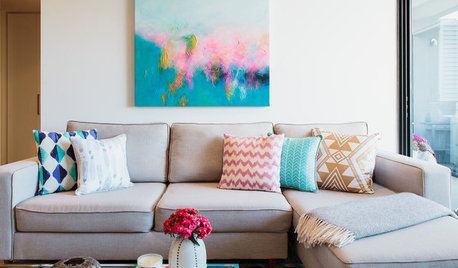
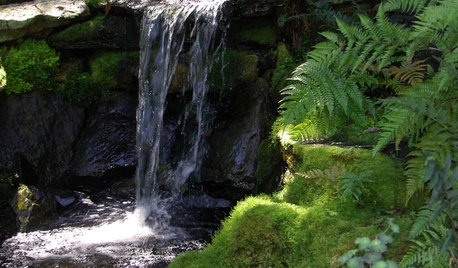
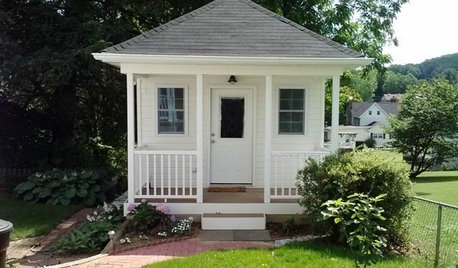


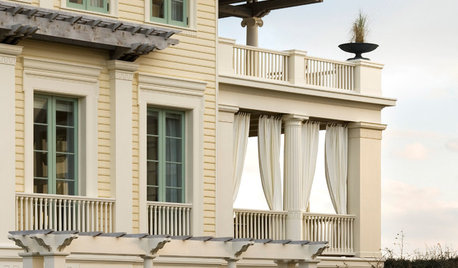

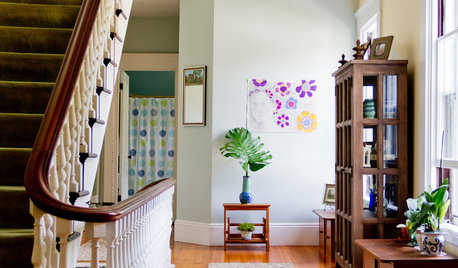






rhodyman
akamainegrower
Related Professionals
Hyattsville Landscape Architects & Landscape Designers · Matthews Landscape Contractors · Alpharetta Landscape Contractors · Brookfield Landscape Contractors · Concord Landscape Contractors · Hilton Head Island Landscape Contractors · Live Oak Landscape Contractors · Munster Landscape Contractors · Pleasant Prairie Landscape Contractors · Rockwall Landscape Contractors · Sugar Hill Landscape Contractors · Thornton Landscape Contractors · Twin Falls Landscape Contractors · North Aurora Landscape Contractors · Ansonia Landscape Contractorsrhodyman
akamainegrower
davidrt28 (zone 7)Original Author
davidrt28 (zone 7)Original Author
akamainegrower
Embothrium